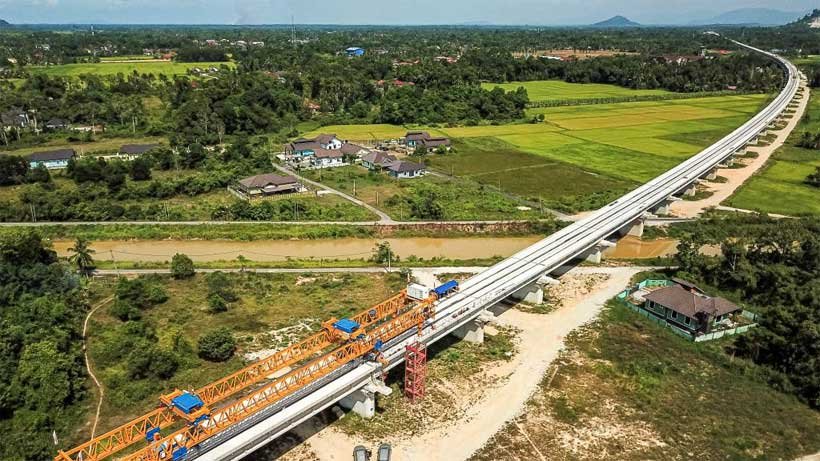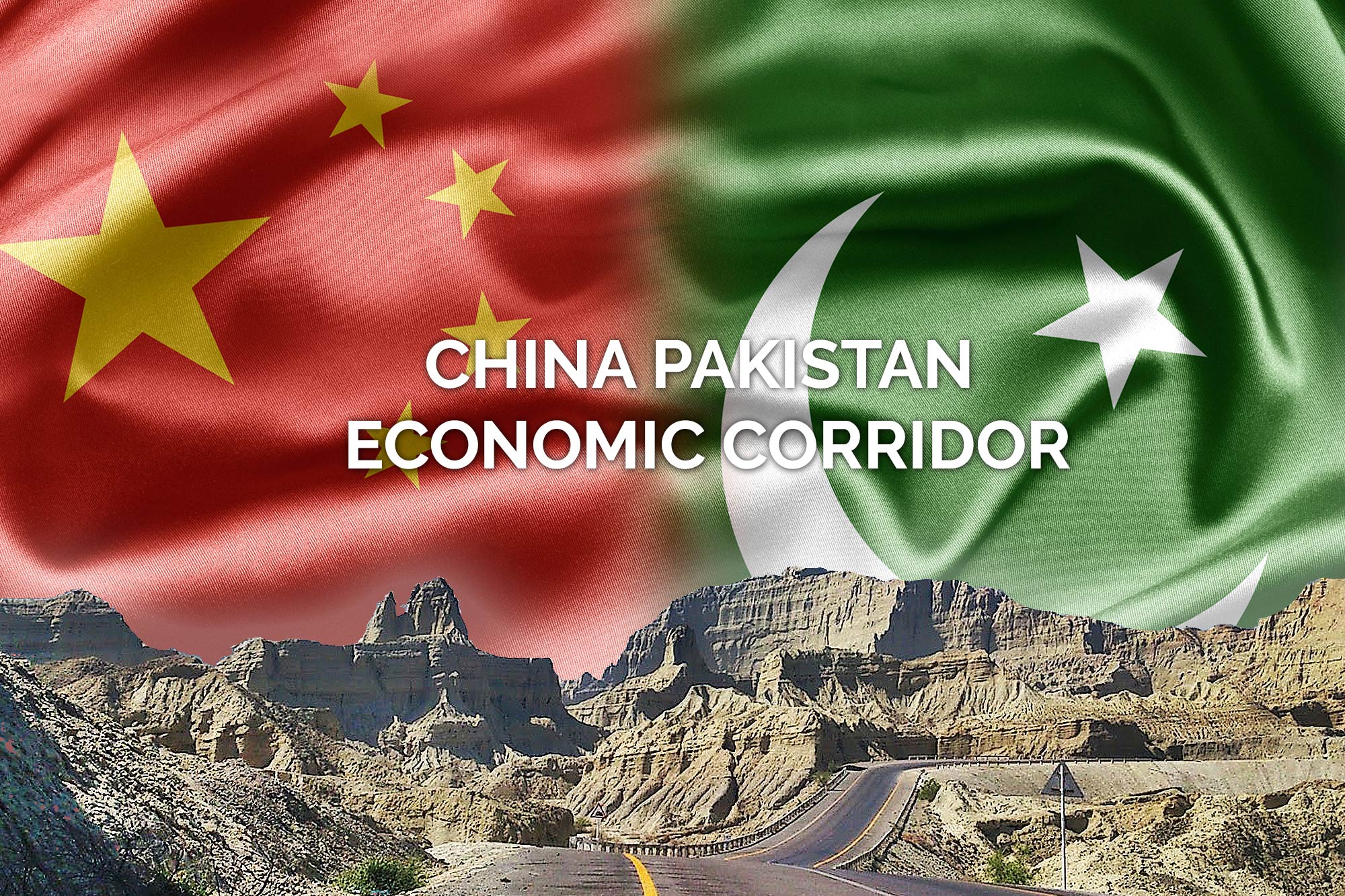In the first half of 2025, the Chinese economy demonstrated notable resilience amid complex global headwinds and ongoing domestic structural adjustments. According to preliminary figures released by the National Bureau of Statistics (NBS), China’s gross domestic product (GDP) reached 66,053.6 billion yuan between January and June, representing a 5.3% year-on-year increase at constant prices. This sustained growth reflects the effectiveness of China’s policy approach in balancing short-term economic stability with long-term structural transformation.
The structure of the economy remained balanced across all three sectors. The primary industry, which includes agriculture, forestry, and fisheries, recorded a value-added output of 3,117.2 billion yuan, growing 3.7% year-on-year. This moderate growth was underpinned by stable grain production, improved agricultural technologies, and continued investment in rural infrastructure and modernization efforts. Programs targeting rural revitalization and sustainable farming contributed to more efficient land use and productivity gains, helping offset climate-related challenges and supply chain disruptions in some regions.
The secondary industry, comprising manufacturing, mining, and construction, posted an added value of 23,905 billion yuan, a 5.3% year-on-year rise. This performance reflects the steady rebound of industrial production, with advanced manufacturing and high-tech sectors leading the way. These advances align with national strategies like “Made in China 2025” and the push for “New Quality Productive Forces.” The construction sector also contributed, driven by infrastructure investment aimed at stabilizing short-term demand and promoting regional integration. Meanwhile, restrained growth in traditional heavy industries underscores Beijing’s commitment to overcapacity reduction and environmental goals. Together, these dynamics highlight China’s strategic pivot from quantity-driven to quality-oriented industrial growth.
The tertiary industry, or the service sector, continued to be the strongest engine of growth, with value-added output reaching 39,031.4 billion yuan up 5.5% year-on-year. The rebound in domestic consumption and the normalization of services such as tourism, dining, retail, and transportation supported this upward trend. Notably, the digital economy saw robust expansion, driven by the growth of e-commerce, fintech, logistics, and AI-powered services. The financial, healthcare, education, and entertainment sectors also recorded positive trends, buoyed by policy support and shifting consumer preferences. As China transitions to a consumption-driven economy, the increasing share and performance of the service industry is a key indicator of long-term economic transformation.
On a quarterly basis, China’s GDP expanded by 5.4% in Q1 and 5.2% in Q2 of 2025. Although there was a slight moderation in year-on-year growth, the quarter-on-quarter increase of 1.1% in Q2 suggests ongoing momentum and economic resilience. This steady pace contrasts with many global economies grappling with inflationary pressure, tightening financial conditions, and post-pandemic supply chain recalibration.
One of the key drivers of China’s growth in the first half was the recovery in domestic demand. Household spending rebounded as consumer confidence improved, aided by employment gains and stable price levels. Retail sales grew steadily, rising 3.7% year-on-year in the first six months, with notable increases in new energy vehicles up 35%, electronics, and apparel. The government’s ongoing efforts to stimulate consumption through tax cuts, consumption vouchers, and subsidies played a role in this rebound. Services related to tourism, entertainment, and education experienced a surge in demand, with domestic tourism revenue increasing by over 20% during major holidays such as the Lunar New Year and May Day.
China’s external sector also contributed to growth, though with increased complexity. Exports remained resilient, particularly in high-tech products, machinery, and electric vehicles, despite geopolitical tensions and uneven global demand. Trade with ASEAN, the European Union, and Belt and Road Initiative (BRI) partner countries expanded, showcasing the diversification of China’s trade relationships.
Industrial upgrading and innovation remained central to China’s growth in early 2025. High-tech manufacturing rose 9.5% year-on-year, with strong gains in semiconductors, biotechnology, and aerospace. Industrial robot production increased by 35.6%, and 3D printing equipment by over 40%. China also led global semiconductor investment at USD 38 billion, backed by state support. Firms like Huawei advanced R&D in chipmaking, aligning with goals in the 14th Five-Year Plan and “Made in China 2025 strategy to strengthen self-reliance and move up the global tech value chain.
Internationally, China’s first-half performance positions it favorably among major economies. While global institutions like the IMF and World Bank have forecast sluggish growth in developed economies, China’s 5.3% growth rate underscores its central role in driving global demand and maintaining supply chain stability. Analysts suggest that if current trends hold, China is on track to meet or slightly exceed its annual GDP growth target of around 5% for 2025. Looking ahead to the second half of the year, economic planners are expected to focus on sustaining consumption momentum, fostering technological innovation, and expanding employment opportunities. As external conditions evolve and domestic reforms deepen, China’s ability to navigate uncertainty while promoting inclusive and green development will be crucial.
Mr. Qaiser Nawab, a global peace activist, is a distinguished international expert specializing in the Belt and Road Initiative (BRI), Afghanistan, Central Asia and founder of the Belt and Road Initiative for Sustainable Development (BRISD), a newly established global think-tank headquartered in Islamabad, in conjunction with the one-decade celebration of BRI.














